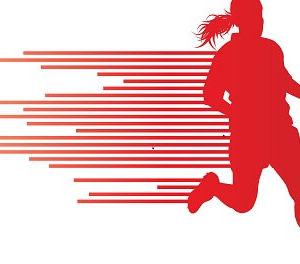High-Intensity Exercise Increases Metabolic Rate
High Intensity Exercise is the Key to High Calorie Burn
Recent research published reports that a 45 minutes of vigorous exercise will boost a person’s energy expenditure for and up to 14 hours. High intensity exercise is the key to high calorie burn.
David Nieman, Ph.D., leader of the study held at Appalachian State University and the University of North Carolina at Chapel Hill stated that 45 minutes of vigorous exercise burned 190 additional calories later in the day while the participant was at rest. The calories burned after exercise represent a 37 percent increase in net energy expended compared to no exercise, and these findings may have implications for people trying to lose or manage their weight.
Researchers Investigated Energy Expenditure
The researchers investigated energy expenditure among 10 male participants during the 2 non-consecutive sessions of 24 hours in the metabolic chamber. The first session, participants were mostly inactive but they stood and stretched for 2 minutes every hour. They could also perform everyday tasks, such as washing their hands and brushing their teeth, as needed. For the 2nd session, the same routine was used with the addition that they cycled vigorously (that being maximal oxygen uptake of 73% ) for 45 minutes at 11 a.m. The calorie burn increase lasted 14.2 hours after exercise which included 3.5 hours of sleeping. An energy balance was maintained by participants consuming snacks on the exercise day matching the calories they burned.
45-Minute Vigorous Exercise Bout Increases Metabolic Rate
The study was published in the September 2011 issue of Medicine & Science in Sports & Exercise®, ACSM’s official scientific journal. “A 45-Minute Vigorous Exercise Bout Increases Metabolic Rate for 14 Hours,” was designed to analyze energy expenditure on a metabolic chamber after a vigorous workout. These chambers look like normal rooms with modern amenities such as a bed, sofa, laptop, toilet and sink, but they measure energy expenditure through indirect calorimetry. Although this chamber was used to measure energy expenditure after moderate-intensity exercise in other studies, Nieman and his team are the first to study the effects of high-intensity exercise.


